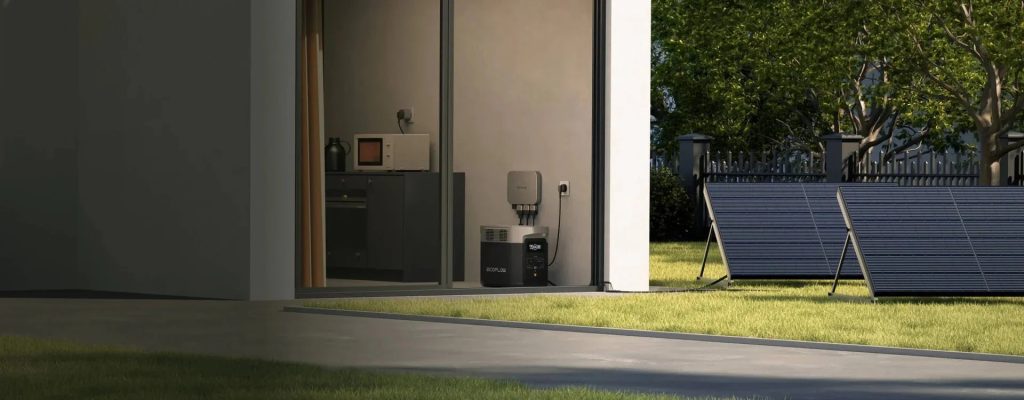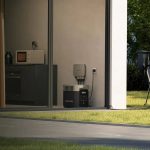Installing solar energy at home is a major step toward independence and sustainability. Yet even the most advanced system can underperform if not maintained or optimized properly. Sunlight changes throughout the year, temperatures shift, and external factors like dust, snow, and shade affect energy output. Understanding how to adapt your setup and habits to each season ensures your investment produces the most energy possible.
This guide explains how to get consistent performance from your solar panels all year long—covering environmental effects, seasonal adjustments, cleaning habits, and monitoring strategies that can make a measurable difference.
1. Understanding what affects solar efficiency
Before diving into seasonal tips, it helps to know what factors influence how efficiently solar systems operate.
Sunlight angle and intensity
The Earth’s tilt means sunlight hits your panels differently in summer and winter. In summer, the sun is higher, and daylight lasts longer, while in winter, the angle is lower and daylight is shorter. The difference in solar exposure can lead to seasonal variation in energy output.
Temperature
Solar panels perform better in cooler conditions. Excess heat can reduce voltage output slightly. That’s why panels in sunny yet cooler climates sometimes outperform those in hot desert regions, even with the same amount of sunlight.
Dirt and debris
Dust, pollen, and bird droppings block sunlight. Even a thin film of grime can reduce efficiency by several percent. Regular cleaning helps panels capture full light intensity.
Shading
Seasonal tree growth or nearby buildings can cast shadows on panels during different times of the year. Even partial shading can reduce energy output across the array if not managed properly.
System age and monitoring
Over time, all systems experience minor degradation. Continuous monitoring helps identify gradual losses early so you can address issues before they become significant.
2. Spring: inspection and preparation
After winter, spring is the ideal time to inspect and tune your system. Temperature is moderate, and panels can be cleaned safely without extreme weather.
Cleaning and visual checks
- Wash panels with water and a soft sponge or cloth to remove dust, pollen, and any winter residue.
- Check for cracked glass, loose wiring, or mounting issues that may have developed from ice or snow load.
- Trim branches that may start casting shade as trees regrow leaves.
- Inspect inverters and connectors for any corrosion or dirt buildup.
System performance review
Use your monitoring software to compare spring output to previous years or months. A sudden drop could signal panel shading, wiring issues, or inverter faults. Spring tuning ensures maximum performance before summer’s peak sunlight arrives.
3. Summer: managing heat and maximizing sunlight
Summer provides the longest days and strongest sunlight, but high temperatures can slightly reduce efficiency. Panels operate most effectively around 25°C (77°F); much higher temperatures can lower voltage.
Keep panels cool
- Maintain airflow: make sure there’s a small gap between roof and panel for ventilation.
- Avoid placing items like tarps or decorations near the panels that trap heat.
- If you live in a very hot climate, consider light-colored roofing or reflective surfaces to reduce overall heat absorption.
Optimize energy use
- Shift high-energy tasks (laundry, EV charging, water heating) to midday when production peaks.
- Store excess energy in a home battery for evening use.
- Check for inverter efficiency; heat can affect inverter output as well, so ensure the area around it is well-ventilated.
Monitor real-time output
Keep an eye on your system dashboard for any unexpected drops. A performance dip during peak sunlight might indicate dust buildup or an overheating issue.
4. Fall: maintenance and preparation for low-sun months
Autumn is a good time to perform light maintenance and prepare for shorter days ahead.
Remove debris and fallen leaves
Leaves can create shade patches or hold moisture on the panel surface. Sweep them off regularly, especially if panels are on a low-pitch roof or near trees.
Inspect mounting hardware
Temperature swings and wind can loosen bolts or fasteners. A quick check ensures stability before winter storms. Look for rust or wear, particularly in coastal areas with salty air.
Adjust your panel angle if possible
Some systems allow manual tilt changes. Increasing tilt slightly in fall helps capture lower-angle sunlight and prevents snow buildup in winter. Even a small change (5–10 degrees steeper) can improve production when the sun is lower in the sky.
Monitor system output
Fall is also a good time to check your year-to-date energy generation. If output is below expected levels, schedule a professional inspection before the cold season.
5. Winter: overcoming snow, ice, and shorter days
Winter presents unique challenges—less sunlight, potential snow coverage, and cold temperatures. Interestingly, panels themselves perform more efficiently in the cold, but snow and ice can block sunlight entirely.
Snow management
- If snow builds up, use a soft broom or extendable brush to clear it gently. Avoid sharp tools that can scratch glass.
- Panels installed at steeper angles naturally shed snow faster.
- Consider using a small layer of hydrophobic coating to help snow slide off more easily (consult your installer first).
Watch for shading
The low winter sun can create longer shadows from trees, fences, or nearby structures. Trim or reposition anything that casts shade across panels for extended periods.
Maximize limited sunlight
- Keep the surface as clean as possible for full exposure.
- If you have a battery, charge it fully during sunny hours for use in the evening.
- Adjust household energy use to daytime when production is available.
Monitor temperature and connections
Cold weather can cause cables to contract, so check for tight connections and look for cracks or brittleness in exposed wiring.
6. Using data to optimize performance year-round
Your monitoring system is your best tool for long-term optimization. Most inverters and solar apps provide graphs showing hourly, daily, and monthly production. Learn to recognize seasonal patterns so you can spot unusual dips quickly.
What to track
- Peak power output: Compare current peaks with past months to identify gradual declines.
- Total daily energy: Watch for unexplained drops under similar weather conditions.
- Inverter status: Ensure it reports normal operation and no error codes.
- Temperature correlation: Some monitoring tools show module temperature; higher than expected readings can hint at ventilation issues.
Regularly reviewing data helps you maintain optimal performance and extend the system’s lifespan.
7. Long-term care and professional checkups
Even well-maintained systems benefit from periodic professional inspections. Schedule a full checkup every two to three years. Technicians can test voltage, confirm wiring integrity, measure degradation rates, and verify inverter efficiency.
Keep detailed records of inspections and output reports. Over time, these help you track performance trends and support warranty claims if needed. Also, note any nearby construction or landscaping changes that might alter shading patterns.
8. Bonus tips for every homeowner
- Invest in a simple cleaning kit: A hose, extension pole, and soft brush are often all you need.
- Use rainwater when possible: Tap water can leave mineral residue on glass.
- Avoid harsh detergents: Mild soap or just water is enough for most cleaning.
- Schedule cleaning in the morning or evening: Avoid hot midday temperatures that can cause rapid drying and streaks.
- Check your energy bill annually: Compare pre- and post-installation costs to see actual savings and seasonal variation.
- Consider system expansion: If you’re consistently generating more energy than you use in summer, think about adding a battery or EV charger to store and use that surplus effectively.
Final Thoughts
Getting the best performance from your solar setup is about consistency, not complexity. Small seasonal habits—cleaning panels, monitoring output, trimming trees, and adjusting angles—can add up to substantial long-term gains. Spring cleaning sets the stage, summer management keeps efficiency high, fall preparation readies your system for winter, and winter diligence keeps it performing when sunlight is scarce.
By understanding how seasonal changes affect your solar panels, you’ll protect your investment and enjoy steady, reliable energy all year. With thoughtful care and regular attention, your system will continue converting sunlight into savings and sustainability—season after season.







